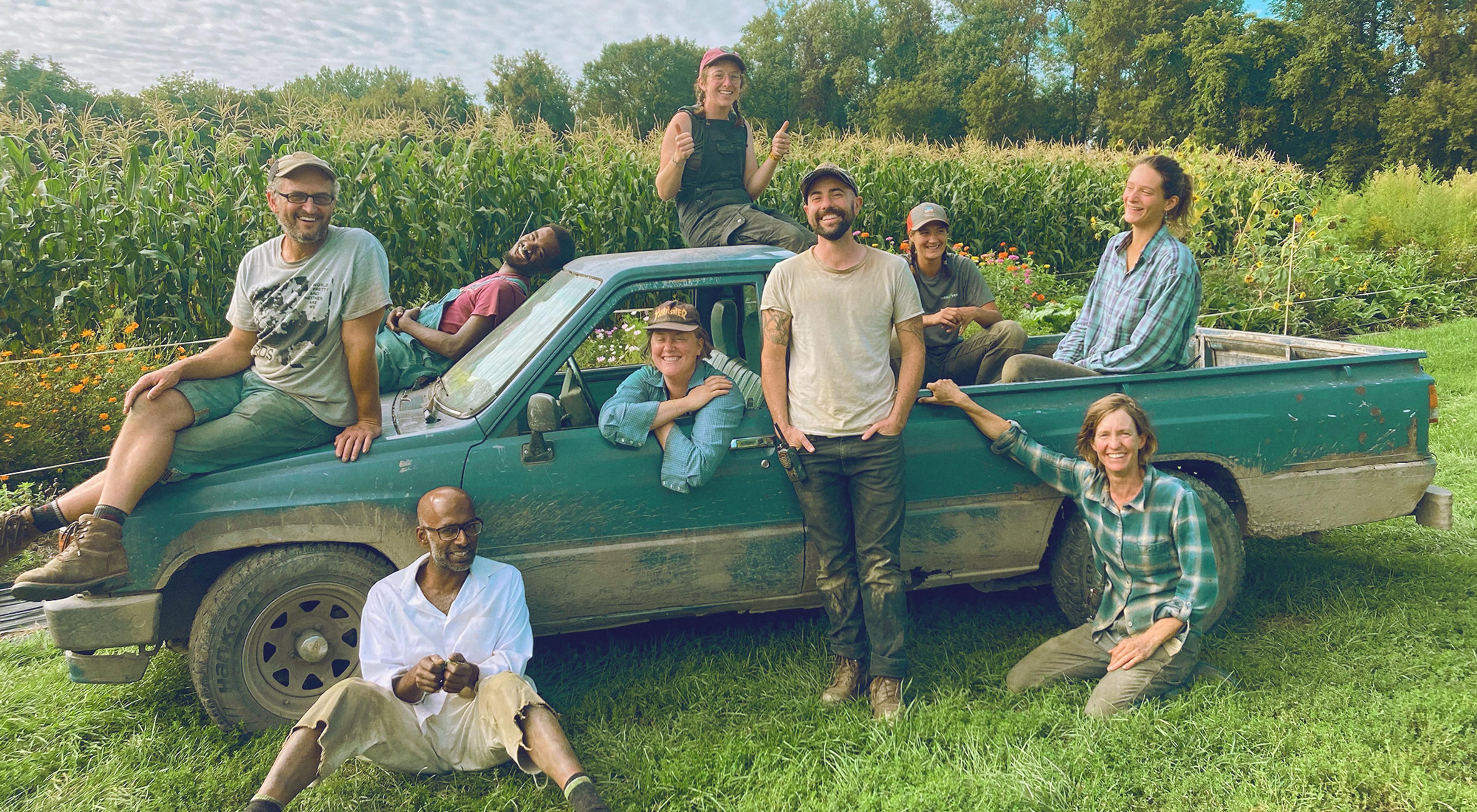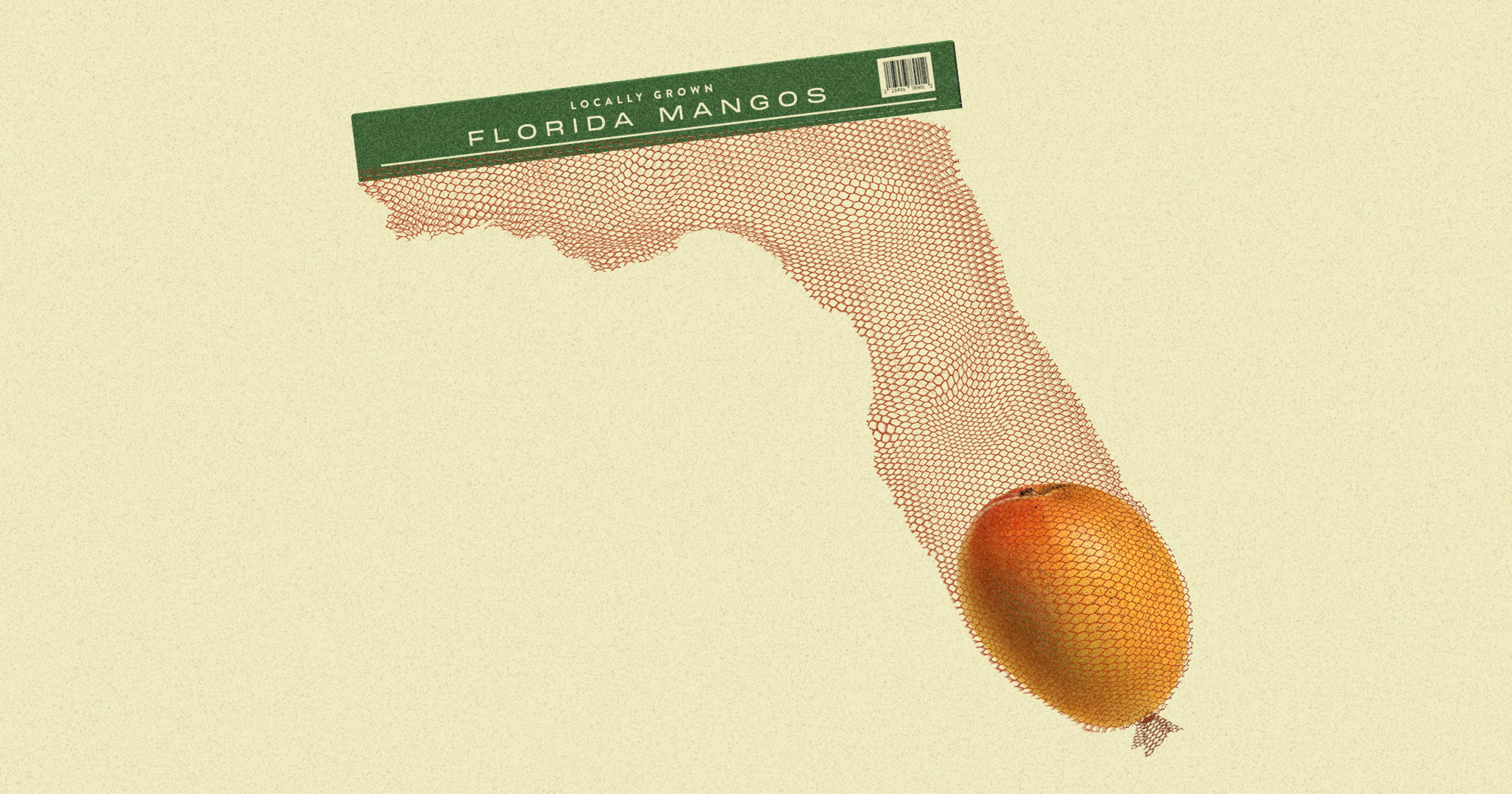Many stakeholders see California as kelp farming’s next frontier, but they say the permitting process is slow, expensive, and confusing.
Roughly a decade ago, Catherine O’Hare remembers the first time she learned about seaweed foraging from a friend.
“For me, it was this light bulb moment,” said O’Hare, who has a background in sustainable agriculture. “We talk about local vegetables, local meat — all our local food systems — but at the time, I hadn’t heard many people talking about local seaweed. It got me wondering: Could seaweed farming happen in California?”
Around the same time, engineer and “serial entrepreneur” Jules Marsh had her own lightbulb moment while listening to a favorite podcast.
“It talked about how seaweed is so good for [combating] climate change and how aquaculture is really the future. It checked every single box for me, and seemed really exciting,” Marsh said. “So I was like ‘Yeah! I’m going to start a seaweed farm in California.’ I looked into it, and nobody was doing that here.”
As it turns out, there was a reason no one was doing it in California. Both Marsh and O’Hare went on to spend years trying to start their own seaweed farms. Ultimately, however, they each grew frustrated with the lengthy and expensive process, and pivoted towards other businesses. O’Hare said she and her partners “truthfully just got disillusioned. The system in California is not set up to support” seaweed farming.
Her story is far from unique.
Something in the Way
Globally, the seaweed business is booming, with production tripling from 2000 to 2018, according to the UN. Seaweed can be used for everything from food to fertilizer and as an alternative to plastic. California, with its many miles of verdant coastline, cool waters, and desire to be at the forefront of climate action, would seem poised to be at the forefront of the kelp revolution. Yet the state has made the permitting process incredibly arduous, stymying potential seaweed farmers like Marsh and O’Hare.
“It’s nearly impossible,” said Marsh. Instead of farming, Marsh co-founded Kelpful, which hosts seaweed foraging workshops and cooking classes, while O’Hare co-founded Daybreak Seaweed, which creates food products from Alaskan-sourced seaweed.
“Navigating the existing regime, which is highly complex, involves multiple actors, and imposes multiple permitting and other requirements, is very challenging for [aspiring seaweed farmers], and could be a real impediment to the expansion of the field,” said Romany Webb, deputy director of the Sabin Center for Climate Change Law at Columbia University. Webb co-wrote a paper looking at the torturous seaweed permitting process in California.
“It is extremely hard to get a space in the ocean to do anything, whether it’s seaweed farming or anything else.”
Webb’s analysis found that on average it takes 3.5 to 10 years to get a permit for a commercial seaweed farm in California, compared to about a year in Alaska and 1-2 years in Maine. Another report by CEA found that obtaining the permits and authorizations for an aquaculture project in California can cost anywhere from several thousand dollars to over 1 million dollars.
Daniel Marquez is among those who have tried to get the necessary permits to start a California seaweed farm. He took over an existing lease for a 25-acre plot just north of Santa Barbara more than five years ago that had already completed the environmental review process. He’s been stalled since then.
“I’m miles ahead of most people, and I can’t get anywhere,” Marquez said. “That’s the frustrating thing about this … We’ve got to make this so it’s a little more easy and affordable.”
Seaweed Solutions
Randy Lovell, state aquaculture coordinator with the California Department of Fish and Wildlife, argues that California has a unique regulatory system when it comes to the coast.
“I think people don’t understand how complicated our ocean environment is,” he said. “It is extremely hard to get a space in the ocean to do anything, whether it’s seaweed farming or anything else.”
To start an ocean farm in California, seaweed farmers first have to apply for a water bottom lease, which triggers an environmental review process. After that, there are additional state and federal permits that need to be obtained.
When it comes to siting a seaweed farm, factors that have to be taken into account include vessel traffic, migration routes, military activity, and environmental factors like tides, temperature, salinity, and the emissions caused by getting to and from the site.
Though the ocean environment is complicated, Lovell said that seaweed tank farms on land are an option for those looking to grow it for consumption. Still, he said state agencies have been working on solutions to streamline the process for ocean farms, including an online permit portal to centralize the process.
“We know that there’s problems — we’re trying our best to try to fix those,” he said.
His office is also working on implementing a “virtual roundtable” where stakeholders would meet with representatives from all state agencies to address potential issues in advance. Several California agencies are also working on an aquaculture action plan that will lay out guidance and next steps for improving the process.
“We can’t wait another 10 years for something to resolve — we need to be taking action on things now.”
In the meantime, Lovell points to local entities like the Port of San Diego that have used their authority to foster seaweed farms in their jurisdiction by being the ones to take on the state’s environmental review process.
“In some cases, certain bays, certain ports have shouldered or assumed the authority for issuing leases for aquaculture,” said Lovell. Still, that’s not the case everywhere, such as in Santa Barbara, which chooses to defer to the state.
Kendall Barbery, director of partnerships and program development at the ocean farming non-profit GreenWave, said that type of local jurisdiction partnership is what enabled them to start a pilot farm in Humboldt Bay.
“The Humboldt Harbor Conservation Recreation District went through the process of kind of developing a pre-permitted area in the bay,” Barbery said.
She said one reason they’re interested in seaweed farming is because of its potential to aid in the restoration of bull kelp, which has been decimated in recent years. Their pilot project focused on a hybrid model that combined restoration with commercial farming. Barbery said she hopes to see more opportunities like the ones in San Diego and Humboldt Bay.
“I think state regulatory agencies in California understand that it’s a complicated and expensive process, and they’re looking for alternative pathways,” Barbery said. “There’s been incremental movement, but not fast enough. Particularly when we’re thinking about restoration, we can’t wait another 10 years for something to resolve — we need to be taking action on things now.”










